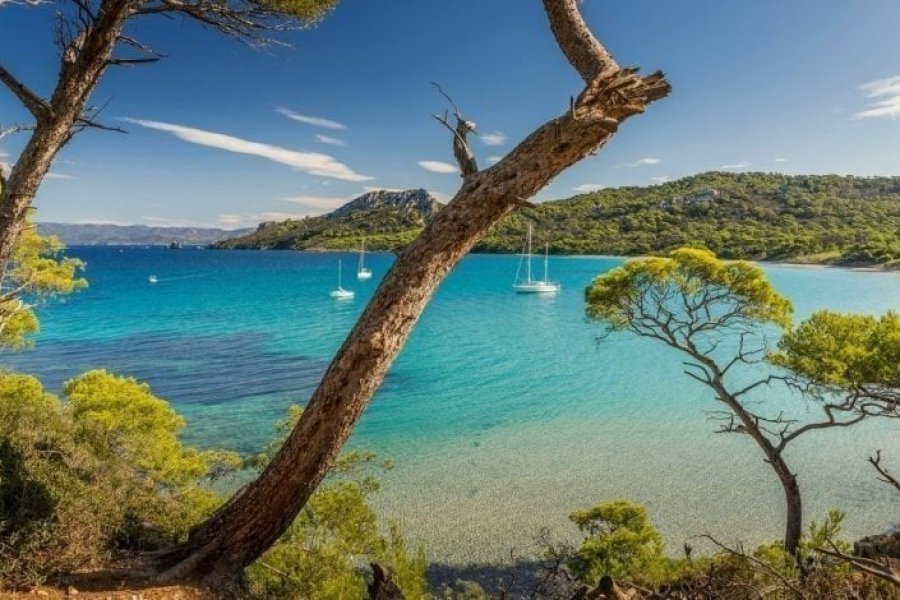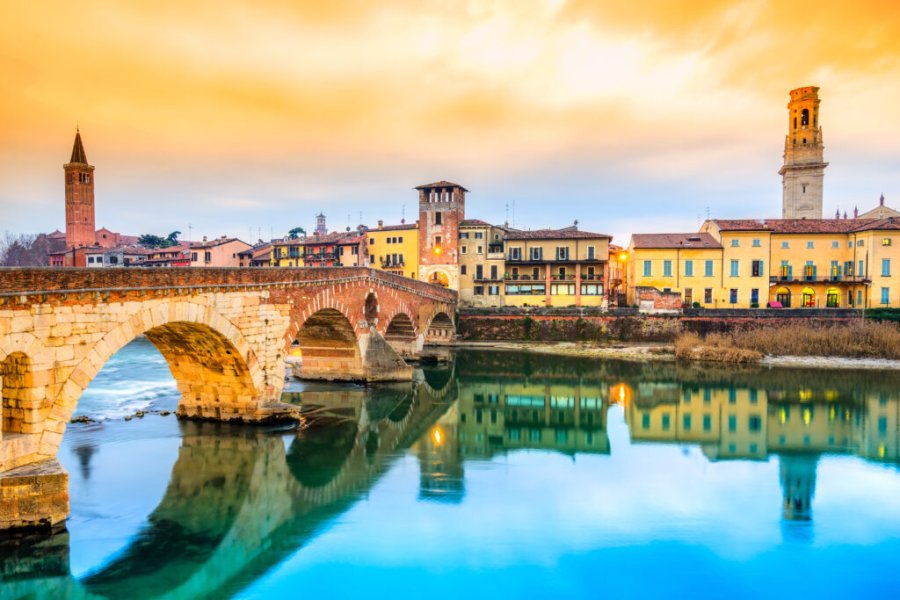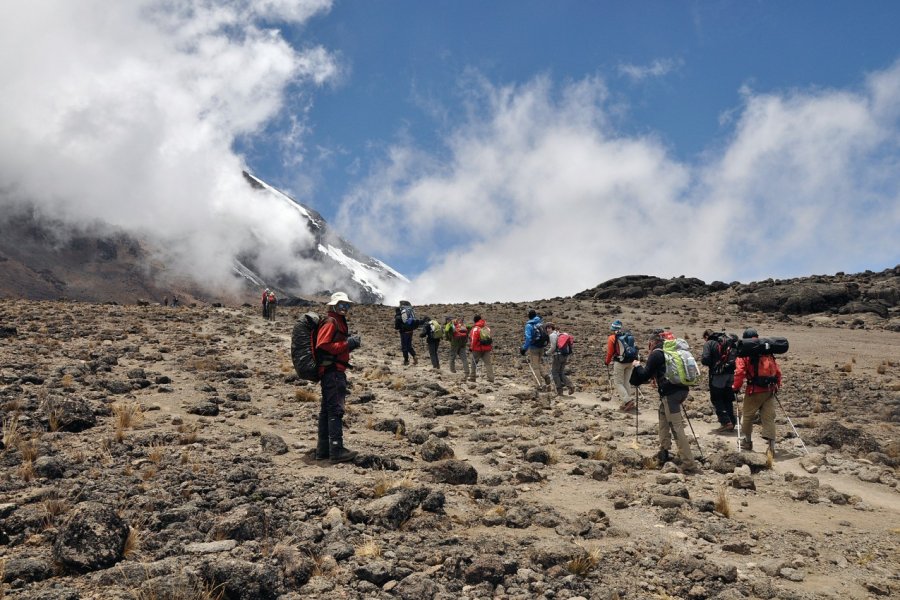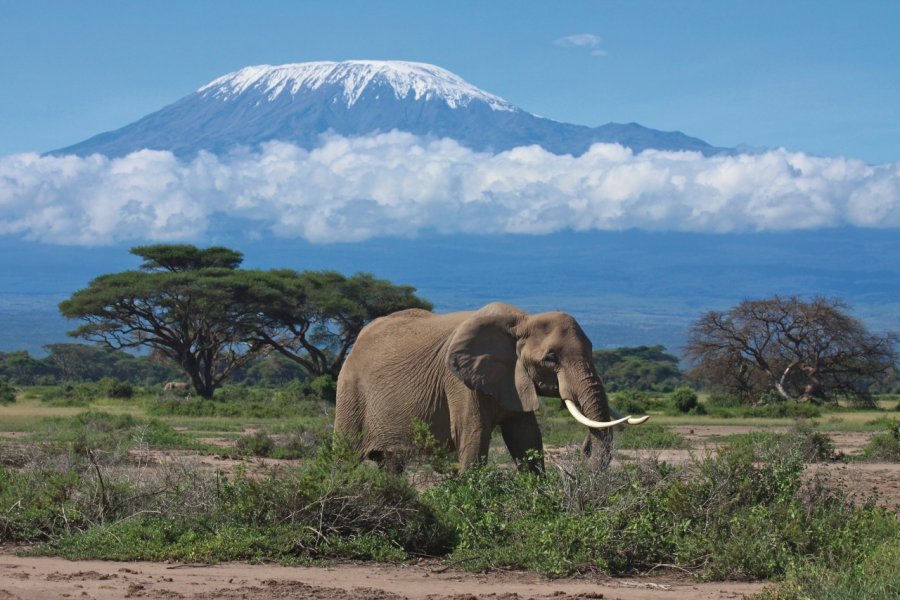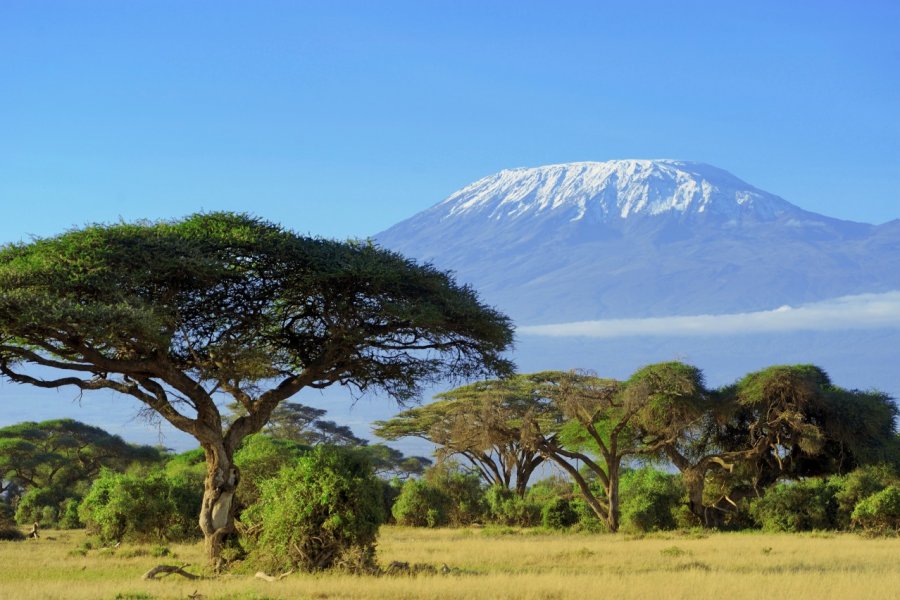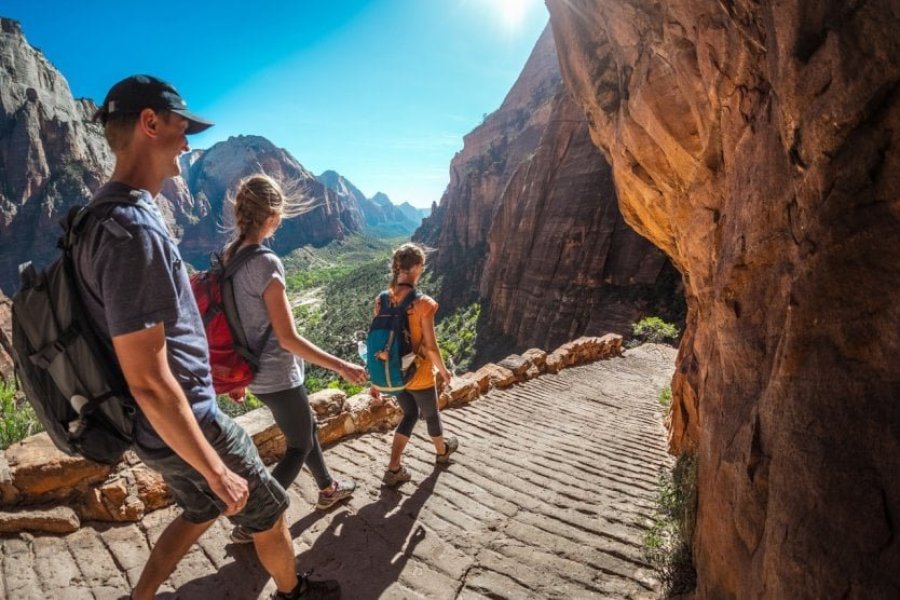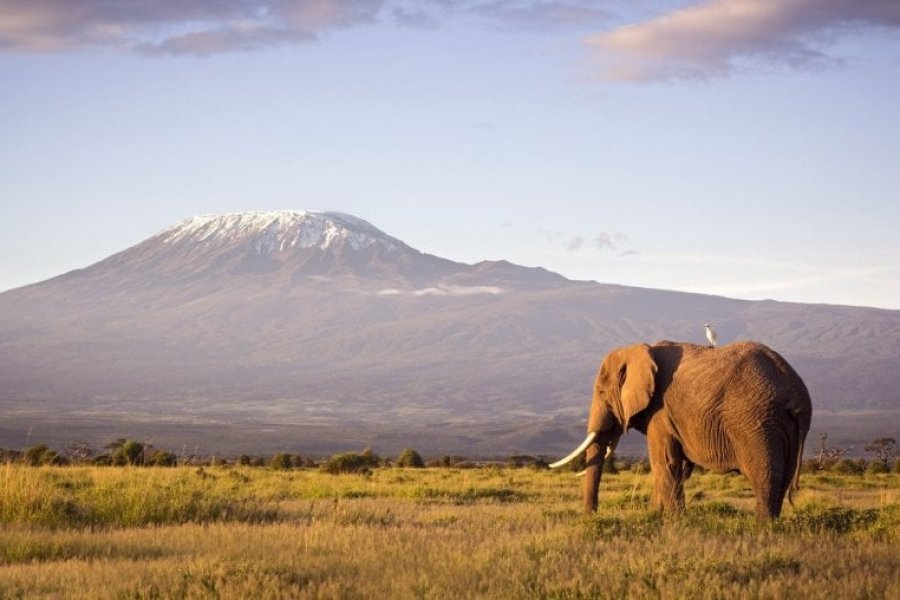Travel Guide Kilimandjaro
What to visit Kilimandjaro?
Suggested addresses Kilimandjaro
When to go to Kilimandjaro?
When to go to Kilimanjaro? The best time to go to Kilimanjaro is from July to October or in January-February, between the rainy seasons. The short rainy season occurs between November and December, and the longest and heaviest between March and May when it can rain heavily for several days in a row. However, to witness the great wildebeest, zebra and antelope migration in the Serengeti Park, you will have to brave the rain, as it takes place between January and March in one direction and between October and December in the other direction. Allow 6-10 days to reach the summit of Kilimanjaro and return, usually via the southern slope, which is the easiest. The trails on the northern slope are for the more experienced climbers. There are 7 entry points around the mountain that give access to the different climbing routes with base camps and more or less basic refuges that participate in the adventure.
Weather at the moment
Kilimanjaro has a tropical savanna climate. It is characterized by a dry season from mid-May to mid-October with temperate temperatures, followed by a short rainy season until the end of November, then a new dry and hot season from the beginning of December to the end of February and finally the long rainy season from the beginning of March to mid-May. At the foot of Kilimanjaro, the average annual temperature is 23.5°C, it can drop to 5°C at an altitude of 4,000 m and to -7°C at the summit of Kibo.
Tanzania is one of the poorest countries in the world. The local currency is the Tanzanian shilling (Tsh), but hotels and restaurants rarely refuse dollars and euros. Concerning the tip, everyone goes on an excursion as well as a safari in Kilimanjaro. In restaurants, tips are appreciated but not mandatory.
It is necessary to have a tourist visa to enter Tanzania and stay in Kilimanjaro. Visas can be requested at the Tanzanian Embassy or on arrival at the airports of Dar es Salaam, Arusha, Mwanza and Zanzibar, as well as at the ports of Dar es Salaam, Zanzibar and Kigoma. For visas taken on Tanzanian soil, the price is US$50 (or €50). The ordinary visa is issued for a period of three months, renewable once for two additional months, without leaving the country.
Tanzania is a malaria-prone country. For Kilimanjaro, a treatment is to be taken and it is important to protect yourself from mosquitoes, especially on safaris. As in many African countries, drink only bottled or boiled water, as running water is not drinkable in Tanzania. The yellow fever vaccination certificate is increasingly required upon entry into the country.
Practical information
- When to travel?
- Weather forecast
- Budget
- Formalities
- Health
- How to travel by yourself?
- How to get organized?
- Getting around
Media
How to go to Kilimandjaro? Our advice & tips
Tour operators offer many customized tours for Tanzania according to your desires and budget. You can choose to focus on a relaxing stay, a getaway to Zanzibar, a safari in the heart of Tarangire National Park, climbing Kilimanjaro or combining all this, if time and resources allow.
Discover our selection of travel agencies for this destinationTo obtain attractive rates, it is essential to do so in advance. Consider buying your flight tickets six months before departure or, if you have more time than money, travel through the Middle East, there are cheaper tickets with stopovers in the Middle East all year round. On site, you will need to use a local guide to climb to the top of Kilimanjaro.
Rather expensive, single-engine domestic flights remain practical and reliable when you want to reach several sites without wasting time on the road, particularly the southern parks or the regions of the three large lakes. Be careful, they are not programmed every day. In the North or to reach the coast, buses are the easiest solution with safe roads. For Zanzibar, we recommend taking one of the many ferries that leave from central Dar es Salaam every day.
Kilimandjaro travel inspiration
Find unique Stay Offers with our Partners
Pictures and images Kilimandjaro
Discover Kilimandjaro
When to go to Kilimanjaro? The best time to go to Kilimanjaro is from July to October or in January-February, between...
Read more about it
Kilimanjaro has a tropical savanna climate. It is characterized by a dry season from mid-May to mid-October with temp...
Read more about it
Tanzania is one of the poorest countries in the world. The local currency is the Tanzanian shilling (Tsh), but hotels...
Read more about it
It is necessary to have a tourist visa to enter Tanzania and stay in Kilimanjaro. Visas can be requested at the Tanza...
Read more about it
Tanzania is a malaria-prone country. For Kilimanjaro, a treatment is to be taken and it is important to protect yours...
Read more about it
To obtain attractive rates, it is essential to do so in advance. Consider buying your flight tickets six months befor...
Read more about it
Tour operators offer many customized tours for Tanzania according to your desires and budget. You can choose to focus...
Read more about it
Rather expensive, single-engine domestic flights remain practical and reliable when you want to reach several sites w...
Read more about it






